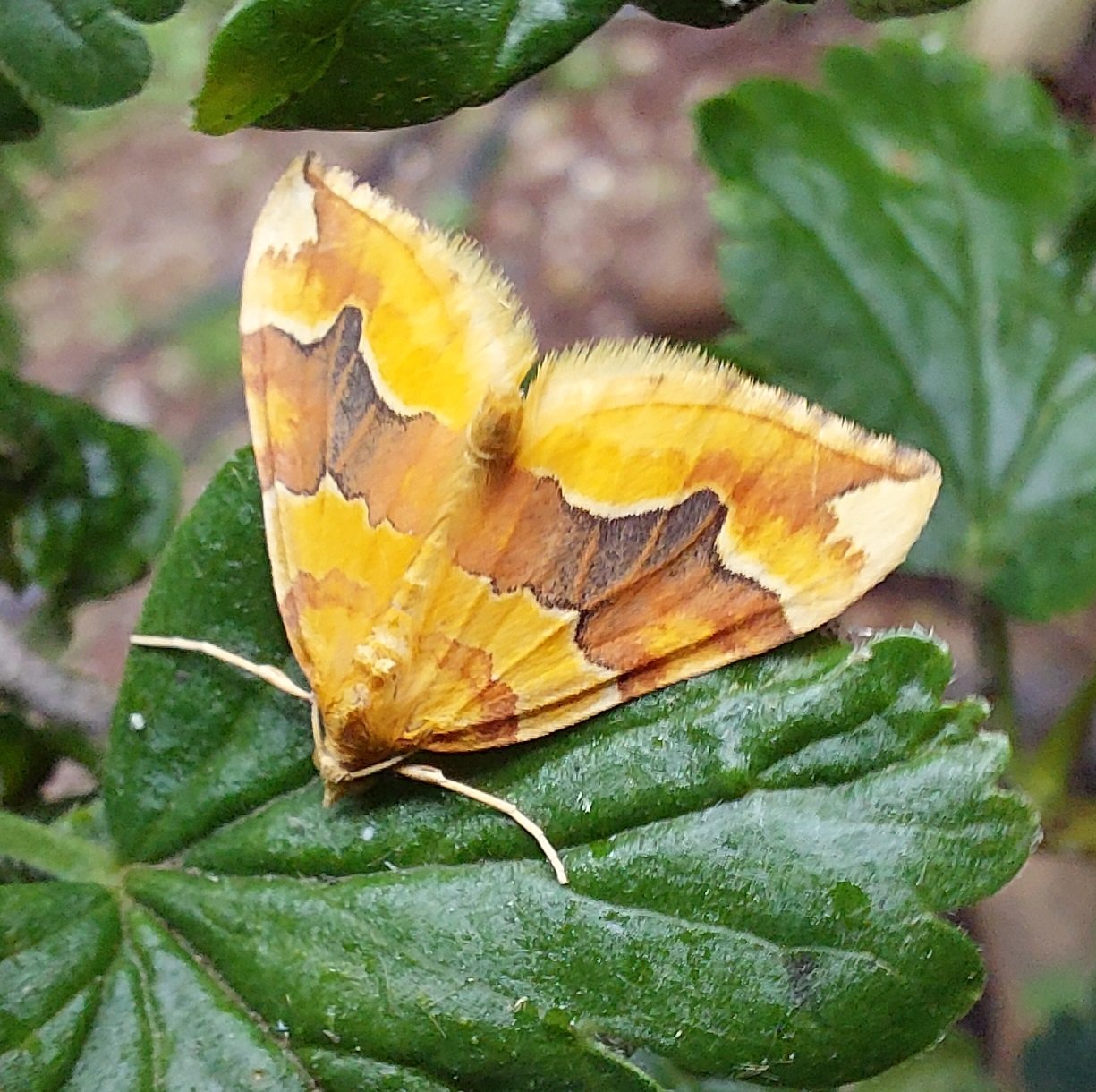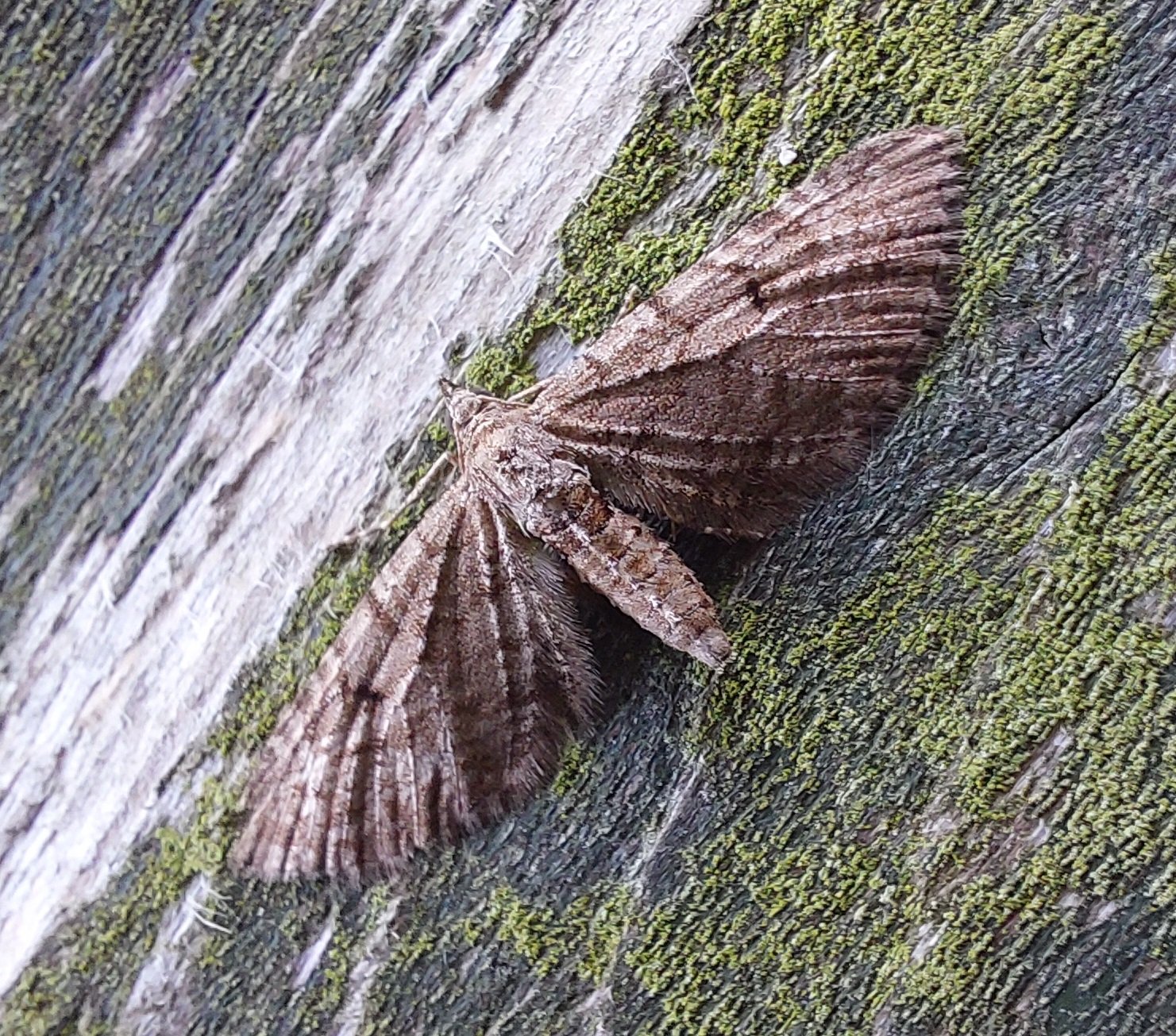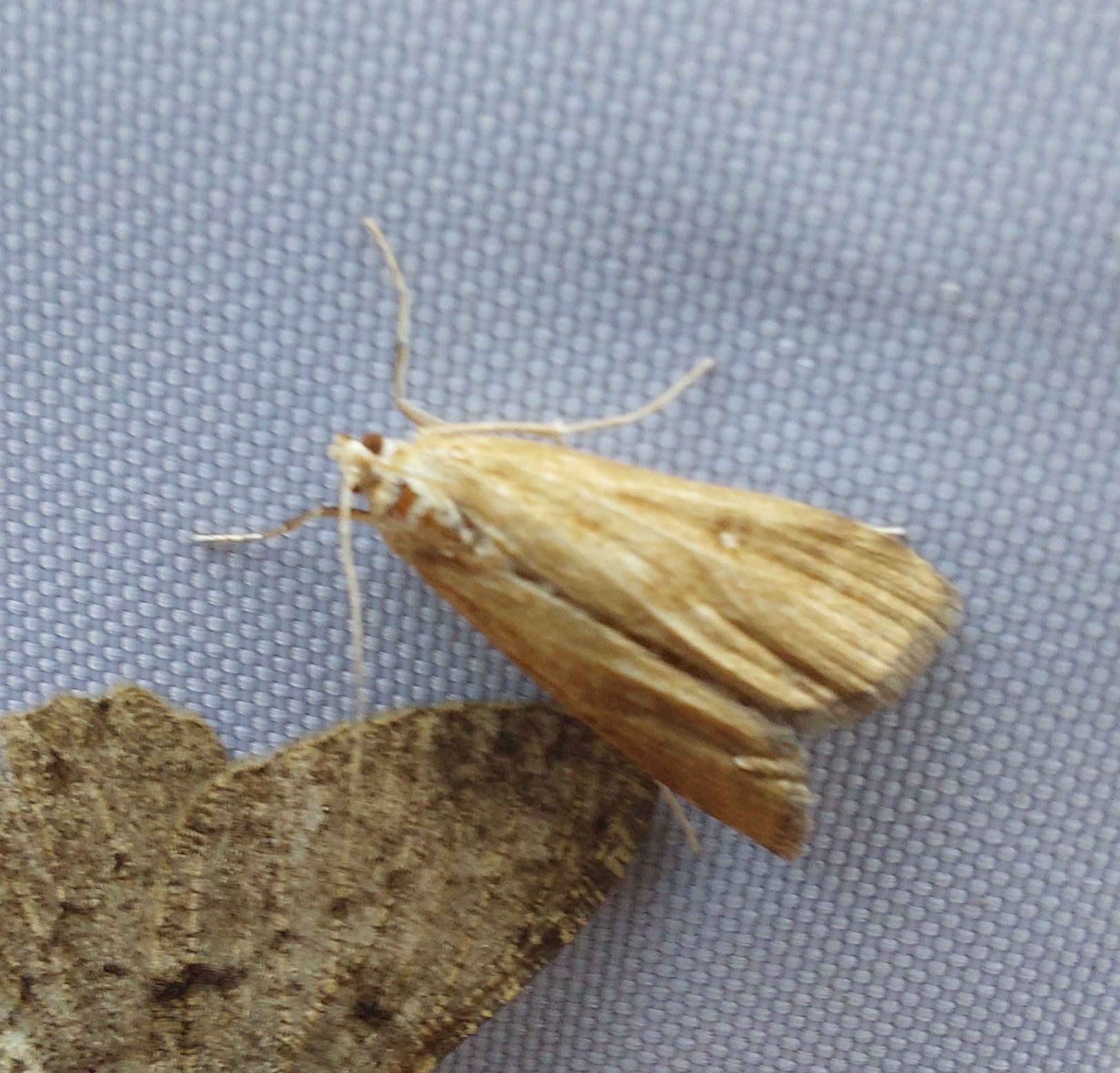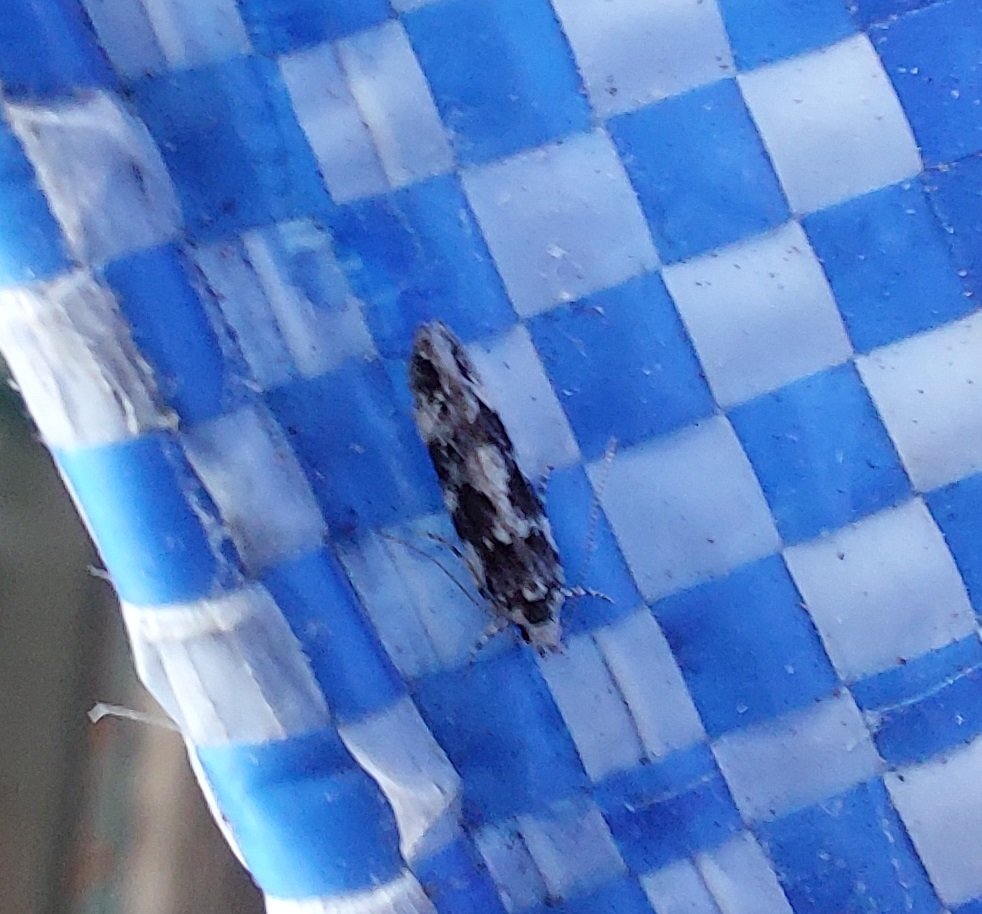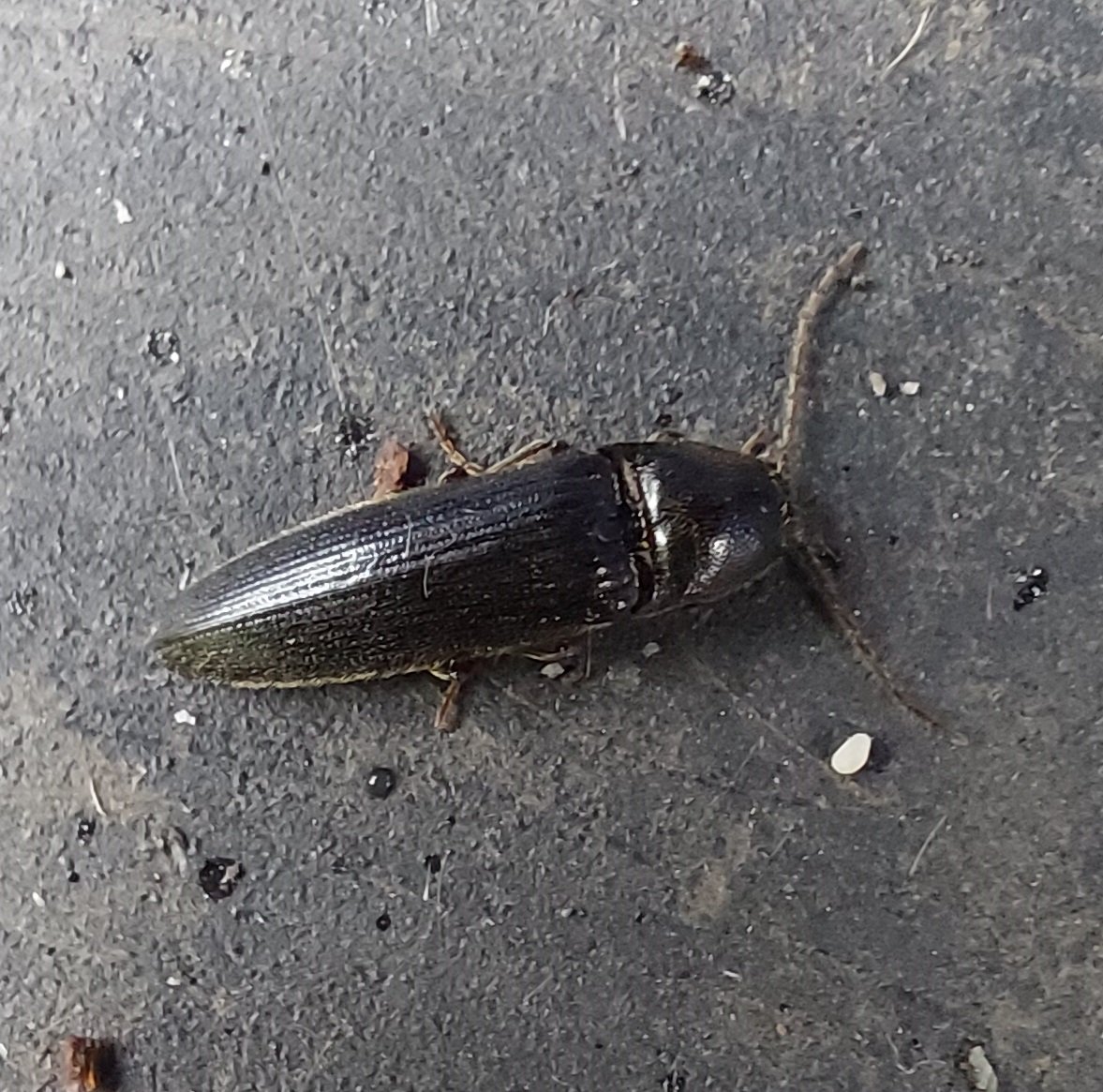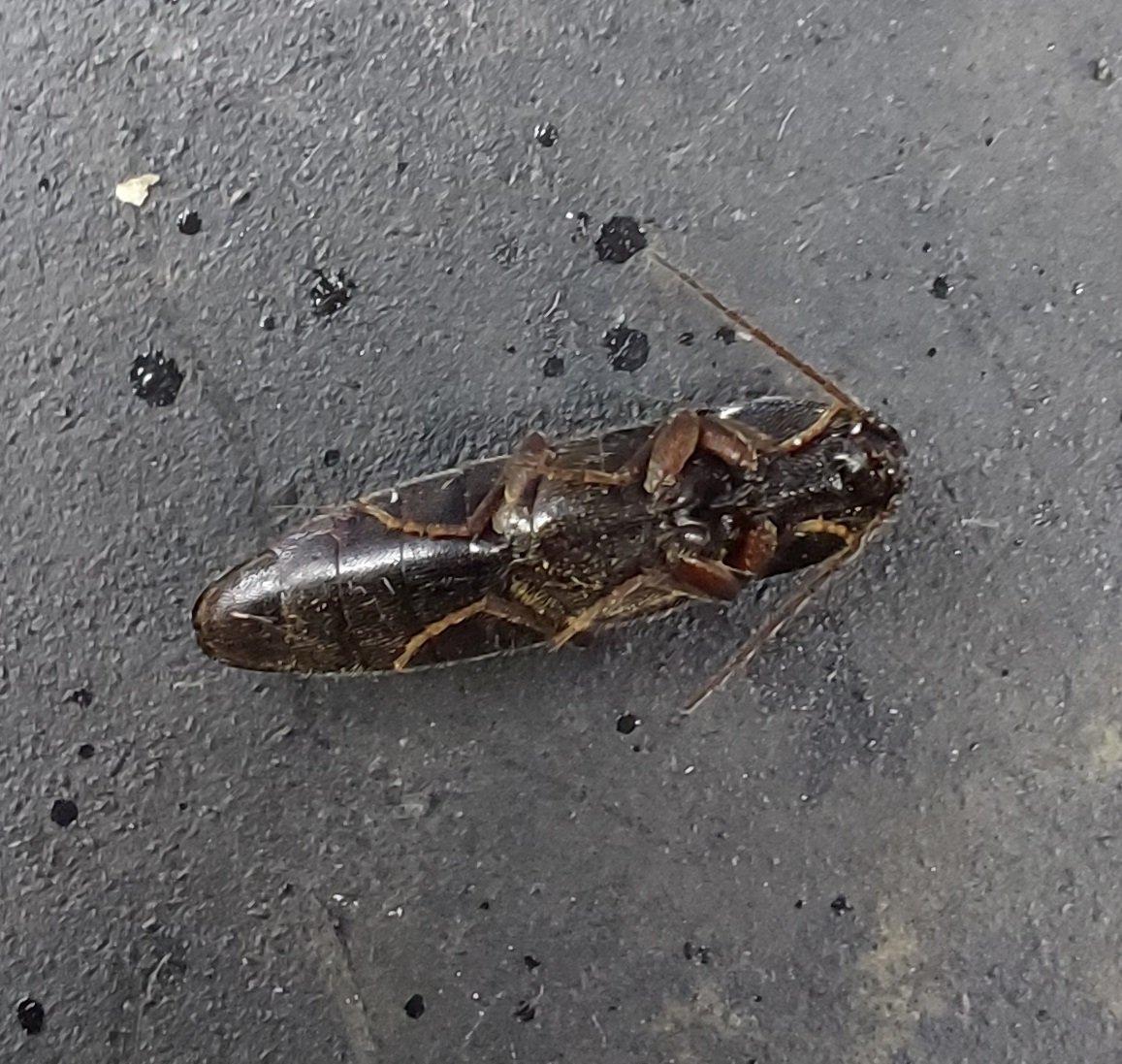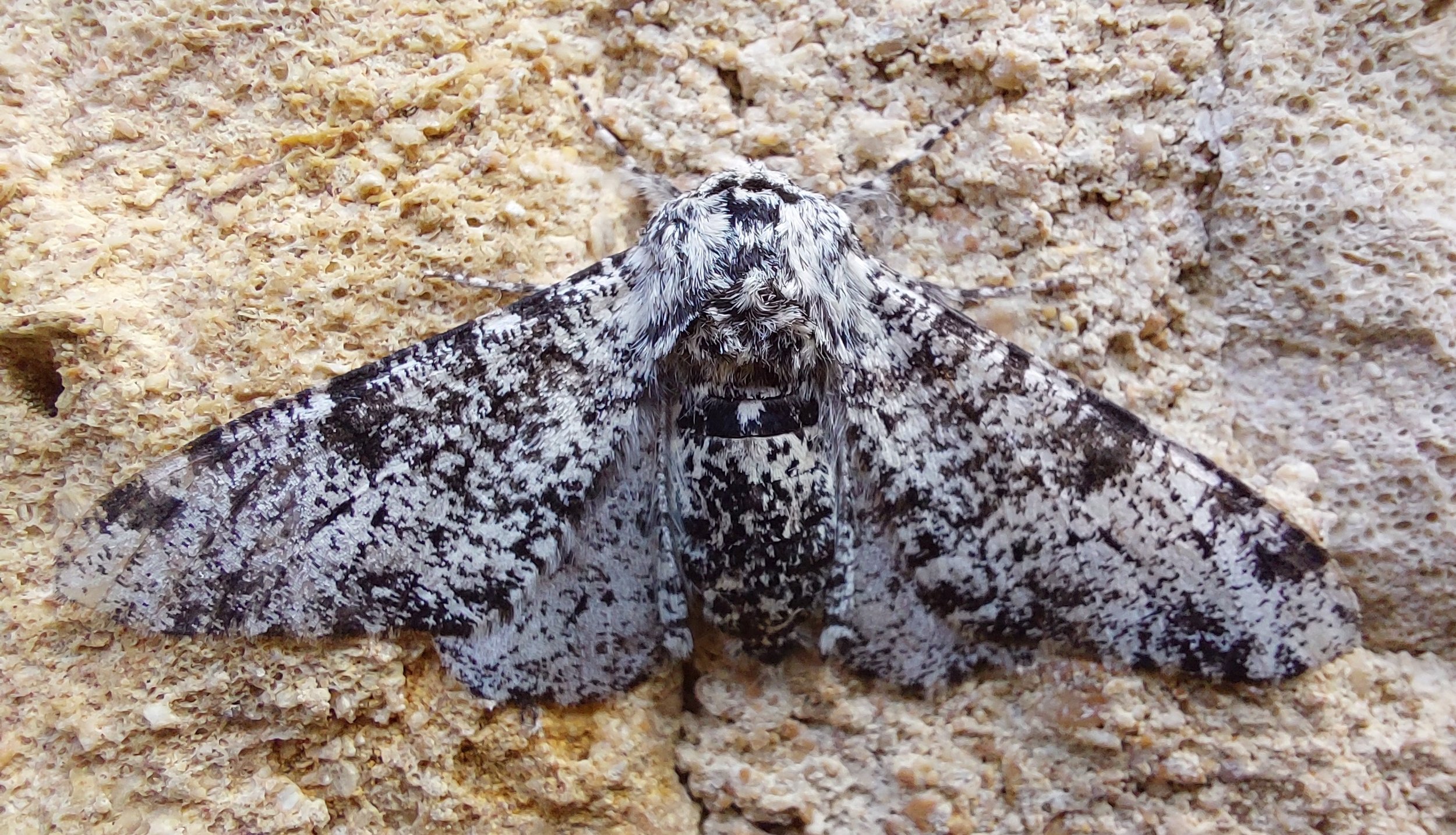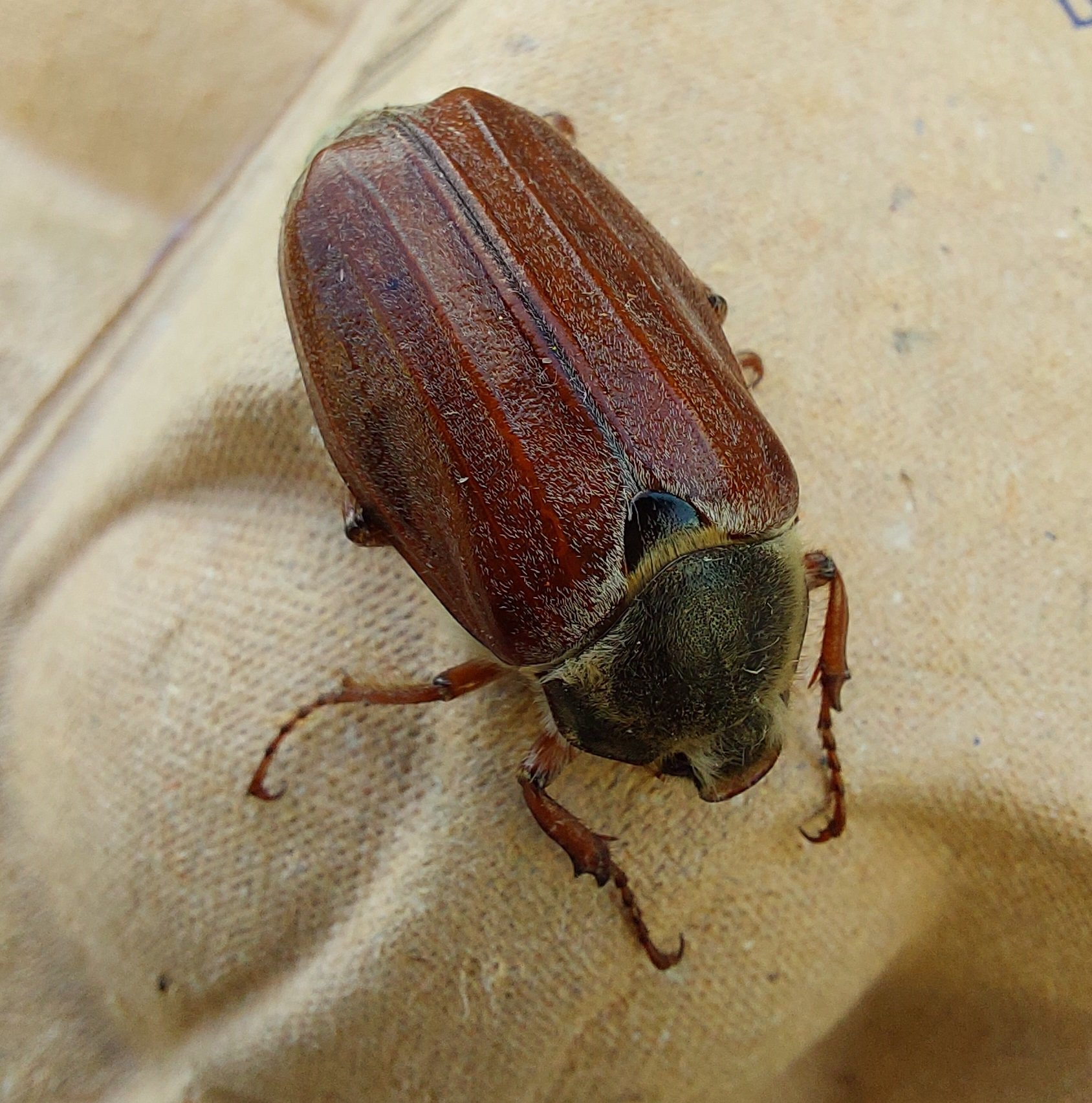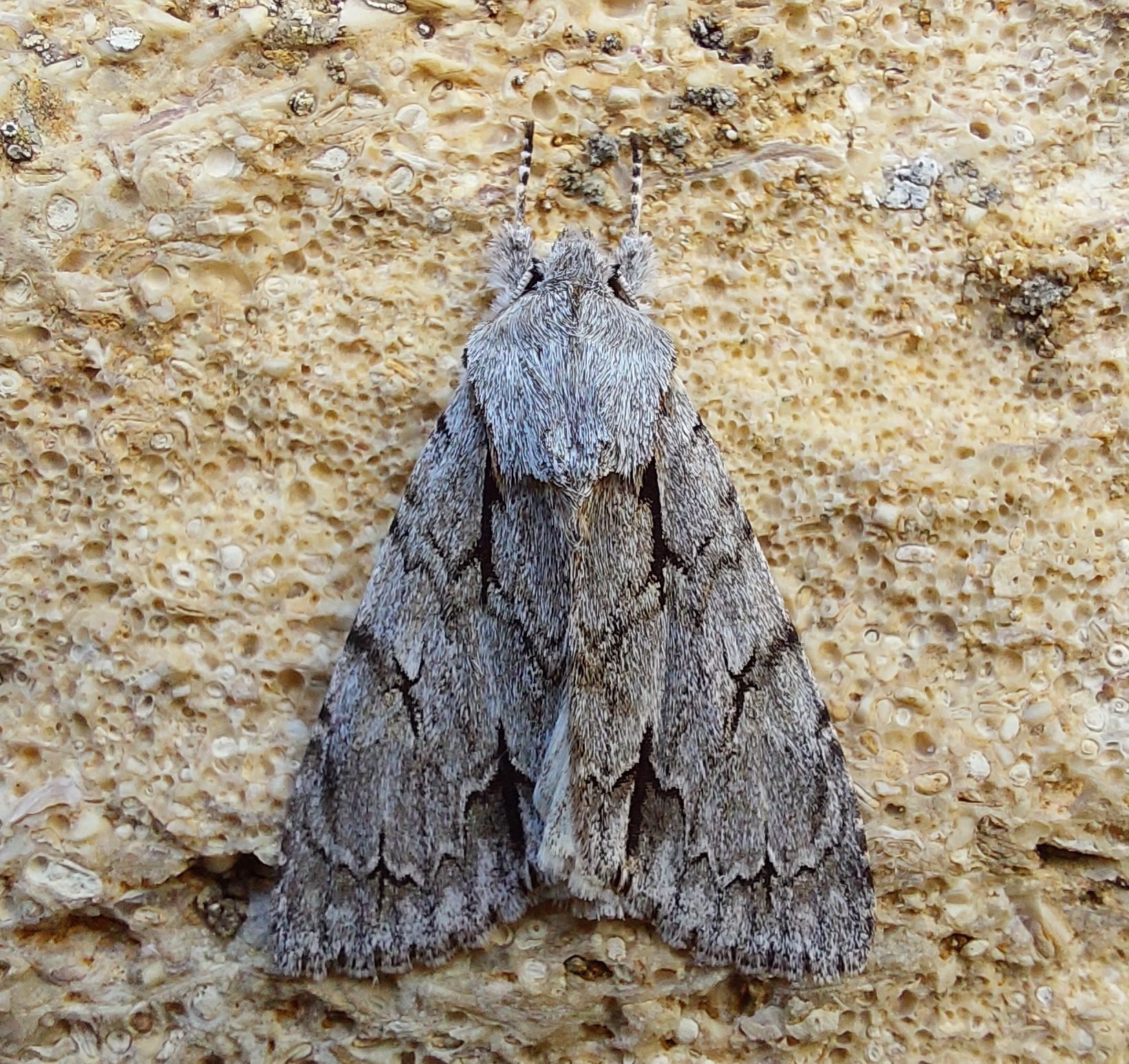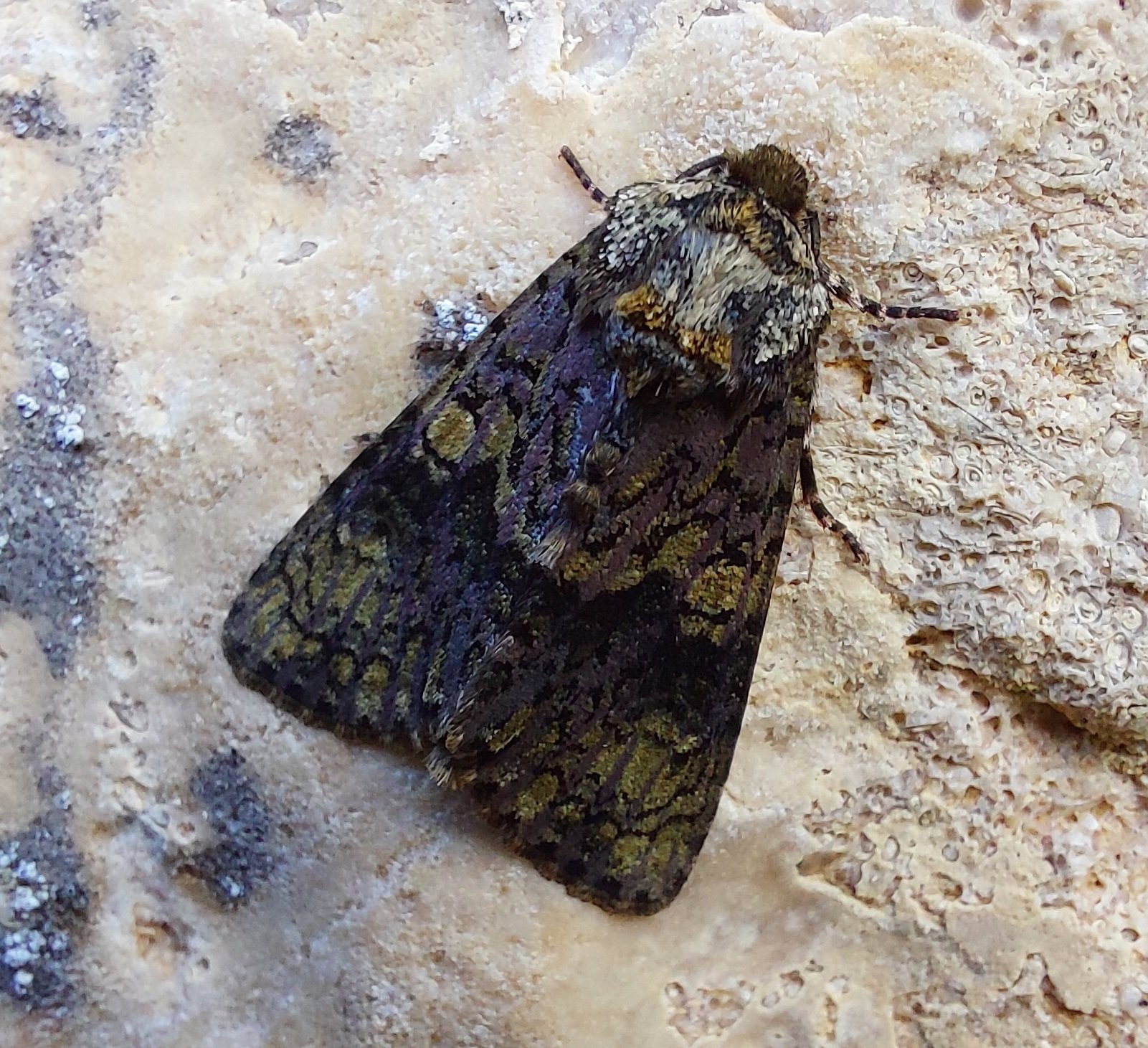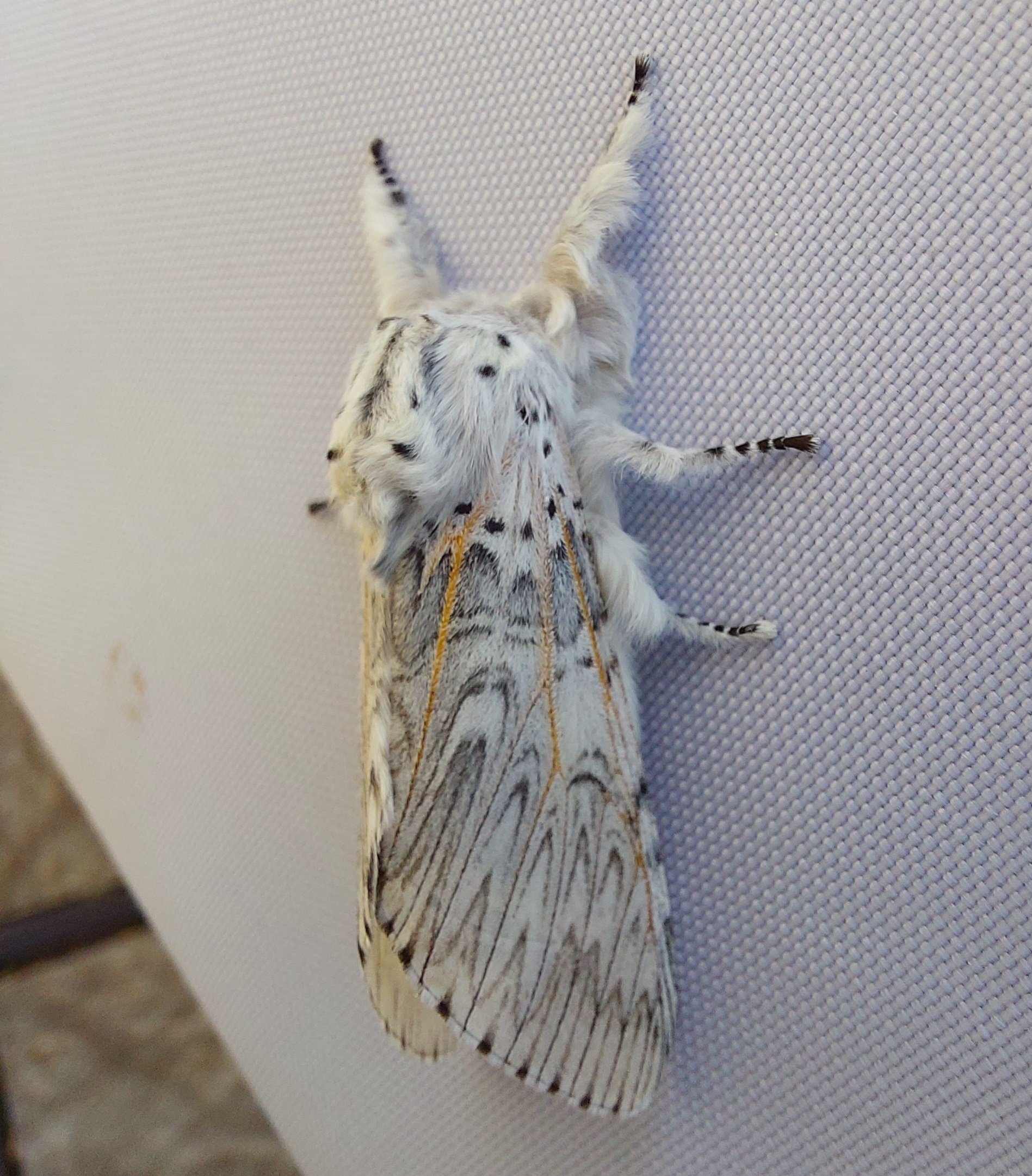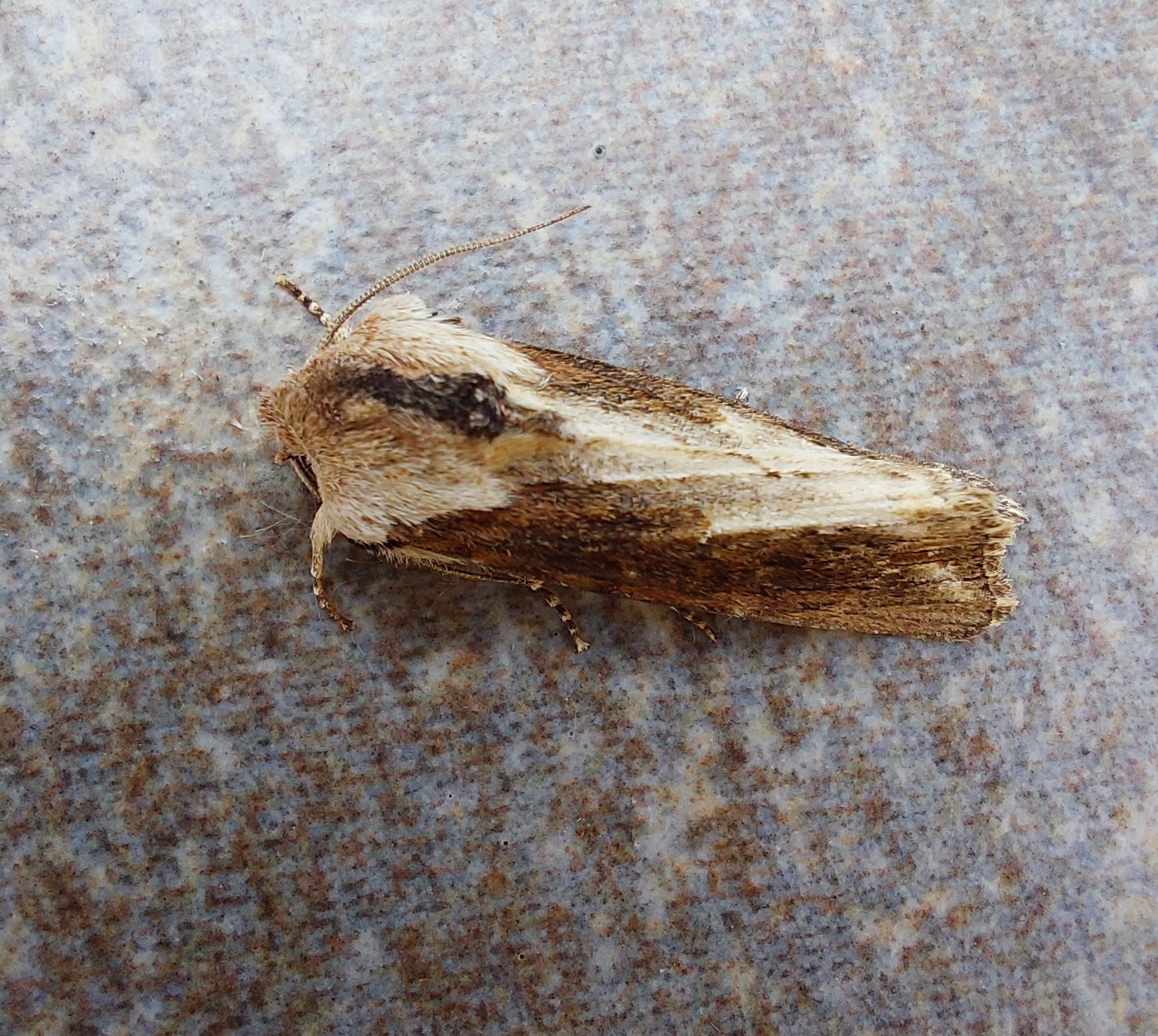Mason Wasp Ancistrocerus nigricornis (#938)
/I snapped this mason wasp exploring a hole in the limestone wall. These wasps cache caterpillars in holes in wood or masonry for their caterpillars to eat once their eggs hatch. Usually several cells are created with earth walls between each compartment, each cell containing an egg and food for the growing wasp larva. There are several species of very similar wasps, but I believe this one is Ancistrocerus nigricornis, which is one of the commoner ones, often using bug hotels.






